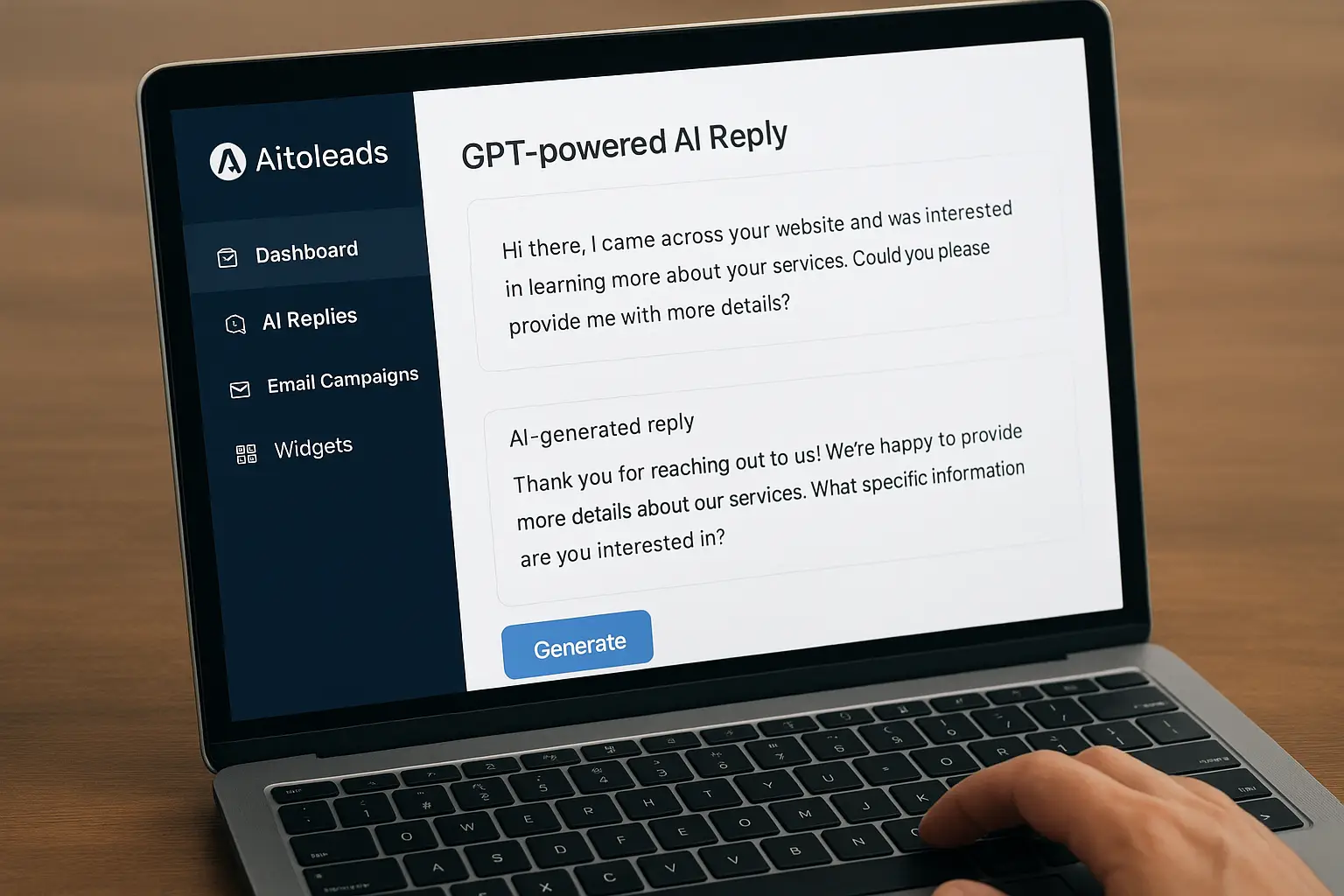How to Use AI in Marketing (Without Overcomplicating It)

If you’re a marketer, you’ve probably heard some version of this:
“AI is going to change marketing forever.”
And you’re not wrong to wonder:
"Okay, but how? And where do I even start?"
The good news?
You don’t need to be a machine learning expert. You don’t need a team of engineers. And you don’t need to overhaul your entire funnel to benefit from AI.
In this guide, we’ll walk you through how to use AI in marketing in clear, practical ways—based on what’s working right now across teams, industries, and channels.
No hype. No jargon. Just real examples and simple steps.
First, What Does AI Actually Do in Marketing?
Let’s keep it simple.
AI helps marketers do three things better:
- Predict: Who’s likely to convert? What will perform best?
- Personalize: How can we tailor messaging, content, and timing at scale?
- Automate: What repetitive tasks can we delegate to a system?
Most AI marketing tools operate somewhere inside that triangle. Some focus on content generation, some on customer behavior, others on data analysis or campaign automation.
The key is figuring out where it fits your strategy.

1. Content Creation: Writing Smarter, Faster
You’ve likely heard of ChatGPT, Jasper, Copy.ai, and other AI writers.
Used well, they can help you:
- Brainstorm content ideas
- Write outlines and first drafts
- Repurpose content into multiple formats
- Test variations of copy (ads, emails, headlines)
Pro tip: These tools are great at starting content, but they’re not perfect finishers.
Add your brand voice, adjust for nuance, and use them to speed up—not replace—your process.
2. Email & Messaging: Personalization at Scale
AI can analyze customer behavior and segment users based on actions—not just profile data.
That means smarter email flows like:
- Triggered follow-ups based on content views
- Abandoned cart sequences that actually make sense
- GPT-personalized messages that reference what a user did (or didn’t do)
You can even have AI write subject lines, schedule send times based on open behavior, and suggest next steps automatically.
3. SEO & Keyword Research: Smarter Targeting
AI tools like Surfer SEO, Clearscope, and SEMrush’s AI assistant help with:
- Identifying keyword opportunities
- Optimizing content structure
- Analyzing top-performing competitor pages
- Suggesting on-page SEO improvements
It’s like having a strategist whisper in your ear as you write—without hours of manual research.
4. Paid Ads: Testing and Optimization
AI can help with:
- A/B testing ad variations
- Predicting which creatives will perform best
- Dynamic ad copy based on user behavior or location
- Real-time budget adjustments
Platforms like Meta Ads and Google already bake AI into campaign optimization—but marketers who pair this with creative automation tools see even better returns.
5. Analytics: From Data to Decisions
Marketers are sitting on more data than ever—but often lack time to analyze it.
AI dashboards and tools can:
- Summarize campaign performance in natural language
- Highlight underperforming segments
- Suggest actions based on trends
- Forecast outcomes with surprising accuracy
This isn’t about replacing human judgment—it’s about helping you focus on what matters faster.
6. Chatbots & Customer Support
AI chatbots have come a long way from “press 1 for sales.”
Today’s tools can:
- Qualify leads on your website
- Answer common questions with natural conversation
- Route prospects to the right person instantly
- Collect data while being genuinely helpful
Done right, they boost conversions without feeling robotic.
7. Lead Scoring & CRM Automation
One of the most practical uses of AI?
Prioritizing leads.
AI can:
- Score leads based on behavior and intent
- Alert reps when someone is sales-ready
- Recommend next-best actions
- Automate CRM updates so nothing falls through the cracks
It’s like giving your sales and marketing teams a sixth sense.

Where to Start (Even If You’re New to This)
If you’re feeling overwhelmed, start small:
✅ Try using ChatGPT or another AI tool to brainstorm content ideas
✅ Use your email platform’s AI to test send times or subject lines
✅ Connect your CRM to your email and automate one basic follow-up
✅ Add one AI tool to your reporting stack to save analysis time
You don’t have to automate everything.
You just have to start where you’ll get the most time back.
A Quick Word of Caution
AI is powerful—but it’s not magic.
- You still need strategy
- You still need human oversight
- And you still need empathy and creativity
Think of AI as a smart assistant, not a replacement.
It can amplify what’s working. It can clean up the messy stuff.
But the soul of your marketing? That’s still human.
Final Thoughts: AI Is a Tool, Not a Trend
Whether you’re a team of 1 or 100, learning how to use AI in marketing gives you an edge.
It helps you move faster, test smarter, and deliver more value without burning out your team.
The trick isn’t finding the “best” tool.
It’s knowing how to use the right ones, in the right places, for your business.
And if you ever need help connecting those dots? We’re here for it
👉 Want a no-fluff breakdown of the tools and workflows we recommend?
Download the AI Marketing Stack Playbook
No forms. No spam. Just what’s working right now.

Book A Demo with Ashley








